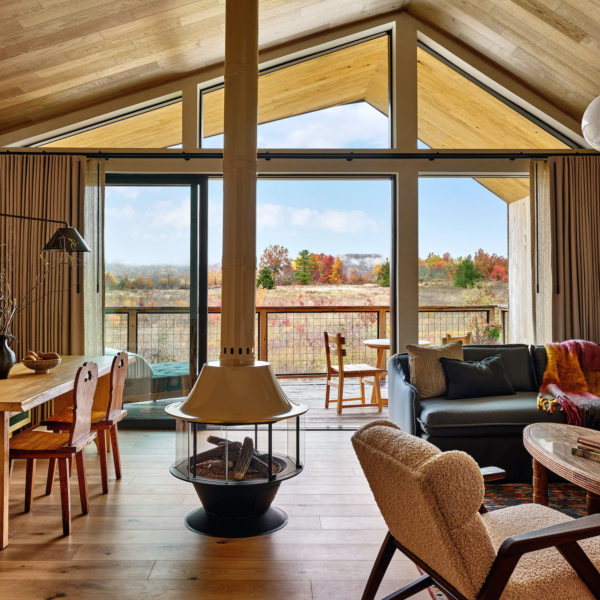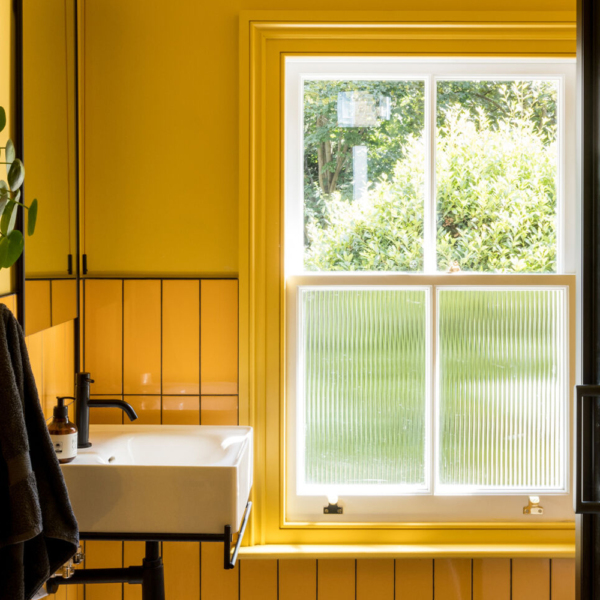Transforming a rented space through decorating is a way that you can put your personal stamp on a temporary location. Decorating a rented space goes beyond mere aesthetics; it is a powerful means of personal expression and emotional well-being. But decorating an apartment or other temporary space does come with limitations, both self-imposed and external. These restrictions should not mean that you can’t create a beautiful home.
The process of decorating your home space not only fosters a sense of belonging, but it can transform a space into a sanctuary where memories are created and lasting connections with the surroundings are formed.

Ideas for Decorating a Rented Space
Decorating a rented space can be an exciting endeavor, even with the limitations imposed by lease agreements.
Here are some versatile but temporary decorating ideas to personalize your rented space.
Read Your Lease Agreement
The first step in decorating your space is to find out what your lease agreement says about the terms and conditions imposed on the property. Your agreement should clearly state what alterations and modifications are allowed to the property. This would include alterations like painting , putting up wallpaper, or any structural changes. It should also specify whether nails, screws, or adhesives are permitted on the wall. Most agreements simply state that you must return the property to its original condition when leaving.
If you have any questions about the terms of the agreement, contact the landlord for clarification. This keeps the landlord on your side and prevents miscommunications regarding the restrictions on the property.
Paint the Walls

The ability of tenants to paint the walls varies according to their lease agreements. Many lease agreements allow painting, but stipulate that the walls need to be painted the original color when you leave. Thankfully, painting is not a difficult job. You can easily paint one room over the weekend, and almost nothing you do will change the appearance of the space more. If you are short on time or money, consider painting just one accent wall. This will add a pop of color to your room, which you can then build on with the rest of the decor.
Peel-and-Stick Wallpaper

The options for peel-and-stick wallpaper have exploded in recent years. This wallpaper, unlike the kind that requires paste, can be easily installed and removed when the time comes. Peel-and-stick wallpaper is available in multiple patterns and colors. You can also find peel-and-stick murals for just one wall or area of the room.
If you do not want to go to the trouble of installing wallpaper that you will just have to remove, you can add wallpaper to large panels of plywood and hang them on or set them against the wall for display. Not only is this cheaper than installing wallpaper in the whole room, but you can take these panels with you when you leave.
Dress Your Windows

Most rental spaces are outfitted with drab and lifeless blinds or shades, which are functional but can make your space look too stark and utilitarian. Remove the blinds and carefully store them away so that you can replace them when you are leaving.
Dress up your windows with some simple curtains or soft Roman shades. Don’t feel like you need to invest in the best quality materials to make your space cozy. Simple cotton or linen curtains from a big box store will do wonders for a window. Hang the curtains above the window frame using a conventional curtain rod or one that can hang without screws. Hem the curtains to the desired length either with a needle and thread or with hemming tape.
Create a Welcoming Entry

Any space can feel homey if you create an inviting entry space. You do not need an entire foyer to create a welcoming entrance. All you need is a dedicated wall near the front door to house a small console, mirror, or furniture rack to create a focal point and additional functionality.
If you do not have much floor space, hang some hooks for coats, hats, bags, and leashes to keep these frequently used items organized. A mirror in an entryway is ideal for a quick check of your outfit or hair as you leave. If your rental space doesn’t allow nails or screws, use adhesive hooks to hang your items or for hanging wall art.
Maximize Kitchen Storage

Many apartments have tiny kitchens that skimp on storage elements. Take advantage of every square inch of space to maximize it for storage. This will allow you to create a more functional and organized kitchen. You can utilize floor space by adding an extra shelving unit and storing necessities like dishes, glasses, and pots and pans. Another way to add extra storage is an island cart. This provides extra storage space and additional food prep space.
If you have maxed out your floor space, consider your vertical surfaces. Add extra shelves to the walls, use the area above the refrigerator, or add a utensil rack above the counter. Again, if you can’t use nails or screws in the walls, look for shelving units that sit on the counter or hang small racks using adhesive hooks.
Cover the Floors

In most rental spaces, you do not have control over the type of floor in the home. Whether you like the existing floors or not, rugs can help make the space feel more personal.
There are numerous rug options available, ranging from chunky sisal to colorful kilim. They can also help protect floors from spills and stains, which could jeopardize your deposit. Choose rugs that help define each zone of your apartment. This is particularly useful in homes with open floor plans. Make sure the rug fits the area properly, so that at least the front legs of the furniture in that area rest on it. You can also layer rugs to transform a generic space into one that feels luxurious and personalized.
Spice it Up With Color

Even if you can’t paint the rooms or add wallpaper, there are ways to make your space dynamic and interesting. Add your own personality to the space by bringing in a variety of colorful throw pillows. Mix and match striking colors and patterns to distract from the neutral walls. You can also add color using colorful rugs or pieces of colorful furniture.
Layered Lighting

Most apartments come equipped with overhead lights, but these are often uninteresting or outdated. The best strategy for dealing with this is to try to replace the outer elements, like the globe, with inexpensive but interesting options like cloth or rattan shades to give the room more interest.
If you can’t make any adjustments to the light itself, you can distract from it by using low light elements for your primary lighting needs. Consider each section and decide what kinds of lights will work in that space. Easy options are floor and table lamps that illuminate specific areas, but other good light ideas include under the cabinet lighting using light pucks and stick-on wall sconces that are battery powered and remotely operated.
Choose Furniture Carefully

Inhabiting a temporary dwelling does not mean that you have to skimp on the quality of your furniture, but it does mean that you should consider each piece carefully before you purchase it. Feel free to invest in high quality pieces if you know that they will work in other locations. This is particularly true for certain foundation pieces, like sofas and beds, that you can use in any space. You might also consider investing in modular furniture. With pieces like this, you can adapt them to any location you inhabit.
Lean Rather Than Hang

Some rental properties are simply temporary residences where you will live for a short period of time. In these cases, it may not be worth hanging your wall art with nails and screws. Leaning against the wall, rather than hanging, allows you to display impactful visual art and easily rearrange it as needed. Large pieces, such as floor mirrors and oversized wall art, work well in this kind of arrangement.
If large pieces like floor mirrors feel like too much of a commitment, use this strategy for small art pieces. Place small pieces on furniture such as console tables, buffets, and bookcases. Layer them with other wall art or use them as part of a larger display of items.


